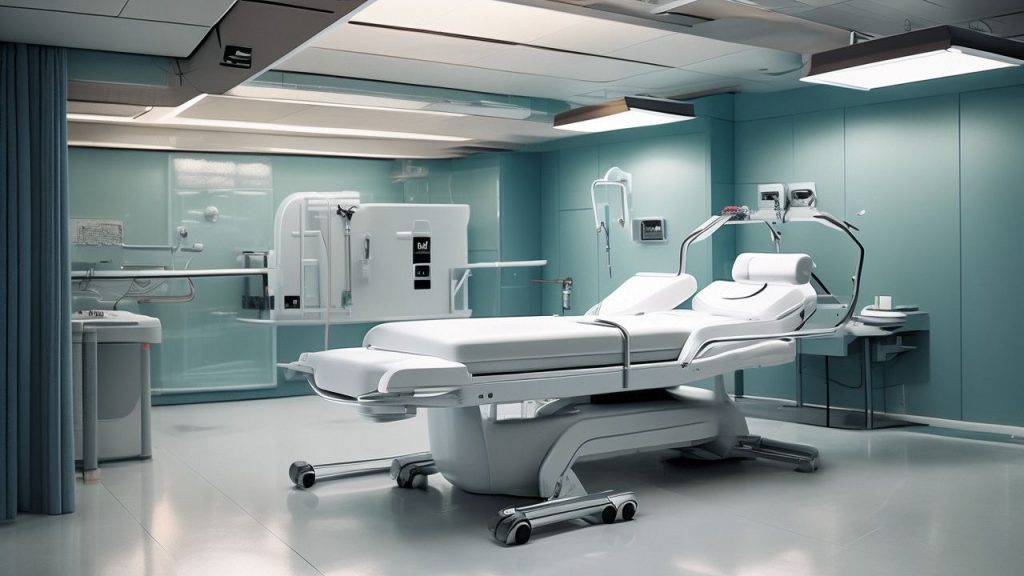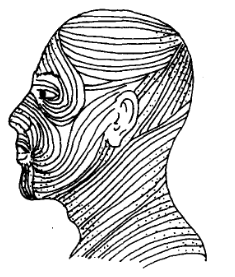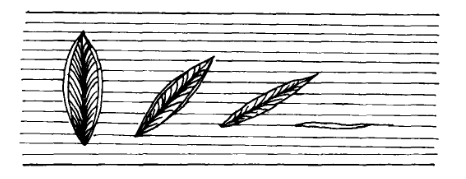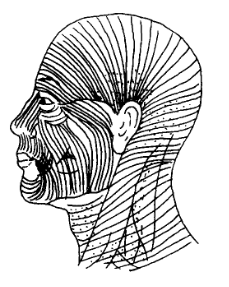(1) Incision sites:Choose a concealed location whenever possible:
In order to achieve cosmetic goals and minimize postoperative scarring as much as possible, incisions in cosmetic surgery are preferably made in concealed locations. This approach is considered a preferred and effective method in the field of cosmetic surgery. For example, selecting the axillary incision for breast augmentation results in the most concealed scar after healing.
When performing facial wrinkle removal surgery, choosing an incision along the hairline makes it less noticeable to others and does not affect future hair styling. Additionally, procedures like facial filling through an intraoral incision and correction of ear deformities through a postauricular incision are commonly used in cosmetic surgery. By choosing incision sites in these concealed areas, postoperative scars are hidden, leading to ideal cosmetic outcomes.

(2) Incision sites:The direction of the incision should align with skin creases or wrinkles:
The general principle of incision design in cosmetic surgery is to make incisions along the direction of skin creases and muscle fibers, which not only conforms to aesthetic standards but also minimizes the formation of noticeable scars after healing. The most commonly used method in clinical practice is to make incisions following the direction of skin creases.
1.Incisions along Langer’s lines:
The most commonly used skin incision is along Langer’s lines (Figure 3-1). Clinical practice has shown that making incisions along Langer’s lines results in smaller wound openings and minimal scarring after healing. If the incision is made perpendicular to Langer’s lines, it creates greater wound tension, leading to a higher risk of wound dehiscence and larger scars after healing (Figure 3-2).

Figure 3-2: Relationship between the incision and skin creases.

2.Make incisions along the skin crease lines:
The skin has its natural curves, known as skin crease lines (Figure 3-3), along which incisions are made. Scars from incisions made along these lines often overlap with the skin creases and are less noticeable, such as incisions made along crow’s feet or nasolabial folds.

Figure 3-3: Facial skin creases.
3.Make incisions along the contour lines:
In cosmetic surgery, there is another relatively concealed incision line called the contour line. Common sites include: the root of the ear, around the eyebrows, the vermilion border of the lips, the nasolabial fold, the crease of the upper eyelid, the hairline, and the inframammary fold. This type of incision is relatively hidden and is commonly used in cosmetic surgery.
4.Incisions made based on the pinch test:
However, not all areas exhibit the aforementioned skin texture prominently. In areas where the skin is soft, it can sometimes be difficult to determine the optimal incision line. In such cases, the skin can be pinched and pushed with the thumb and index finger. The parallel fine lines that appear are considered the ideal incision lines, which is known as the pinch test.
(3) Incision sites:Avoid causing functional impairments:
Try to avoid or minimize incisions in areas with high joint mobility and rich facial expression muscles. When incisions need to be made near limb joints, the direction should not be perpendicular to the joint plane but parallel to it. This way, the horizontal scar post-surgery will have a lesser impact on joint function. If it is necessary to cross the joint plane, the incision should pass through the midline of the joint or use curved and “S” or “Z” shaped incisions to prevent vertical linear scar contracture that may affect joint movement.
(4) Stay away from important blood vessels and nerves as much as possible:
Firstly, it is essential to be familiar with the tissue structure, anatomical layers, and the course of important blood vessels and nerves in the area where the incision is made. This is fundamental knowledge that cosmetic surgeons must possess. During breast augmentation surgery, if the inframammary fold incision is chosen, the incision should be biased towards the outer side to avoid major blood vessels and nerves entering the breast. During facial surgery, tissue dissection should steer clear of branches of the facial nerve to prevent damage that could lead to facial paralysis.
Principles for selecting incision sites in cosmetic surgery.